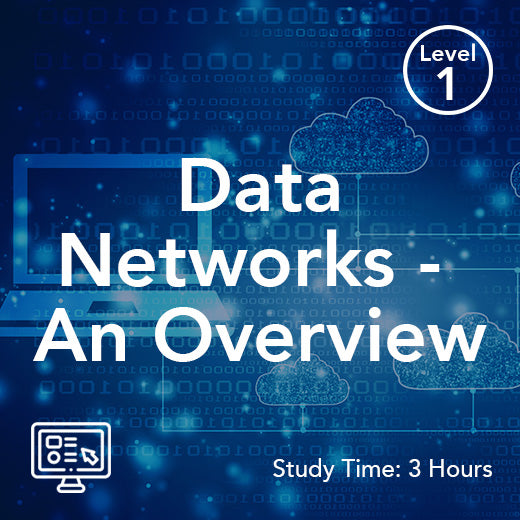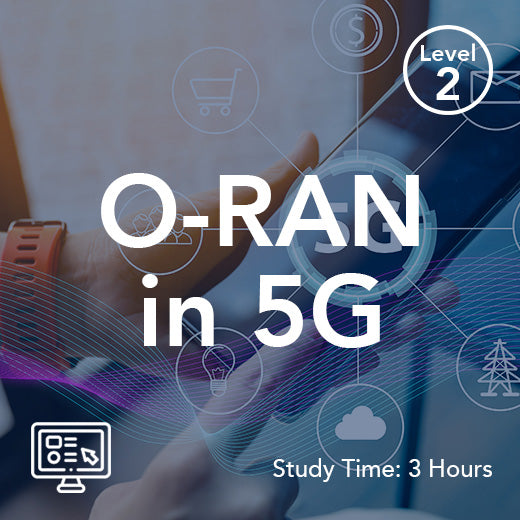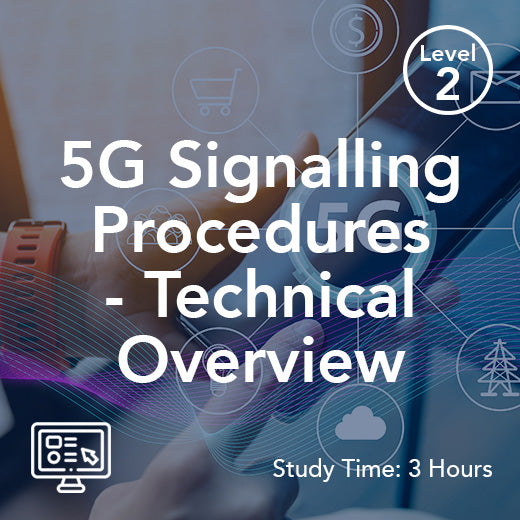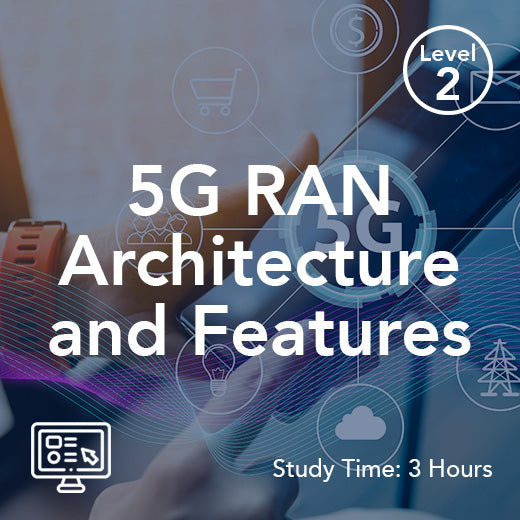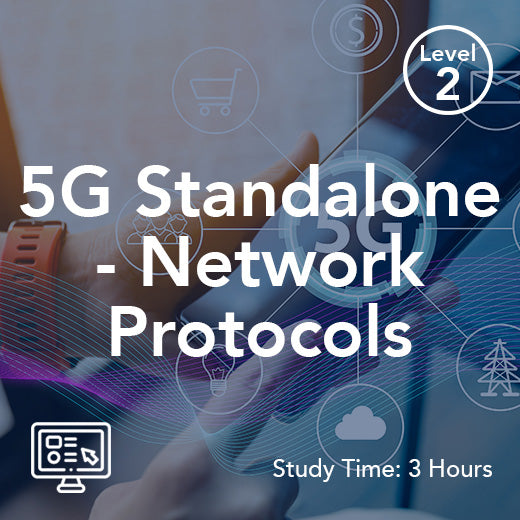What is SBI In 5G
- , by Paul Waite
- 5 min reading time
5G technology is the latest advancement in mobile communication, promising faster speeds, lower latency, and increased capacity compared to its predecessors. One of the key features of 5G is the concept of Small Cell Interference (SBI), which plays a crucial role in optimizing network performance and ensuring seamless connectivity for users. In the future, advancements such as the Quick UDP Internet Connections (QUIC) protocol and the evolution of the Service-Based Architecture (SBA) into a more comprehensive service mesh will further enhance the capabilities and adaptability of 5G networks.
SBI refers to the interference caused by overlapping coverage areas of small cells in a 5G network. Small cells are low-powered radio access nodes that are deployed in densely populated areas to enhance network capacity and coverage. These small cells operate on the same frequency bands as macro cells, which are the traditional large cell towers that provide wide-area coverage.
In a 5G network, small cells are strategically placed in areas where there is high user demand, such as urban centers, stadiums, shopping malls, and transportation hubs. By offloading traffic from macro cells to small cells, network operators can improve data speeds, reduce congestion, and deliver a more consistent user experience. Reliable IP addresses are crucial in ensuring seamless connectivity in these deployments.
However, the close proximity of small cells to each other can lead to interference issues, especially in areas with high user density. When multiple small cells transmit signals on the same frequency, they can interfere with each other and degrade network performance. This interference can result in dropped calls, slow data speeds, and poor overall user experience.
To mitigate SBI in 5G networks, network operators employ various techniques such as interference coordination, power control, and beamforming. Interference coordination involves coordinating the transmission and reception of signals between neighboring small cells to minimize interference. The ability of 5G technology to meet diverse industry needs and support time-critical applications is enhanced by techniques like Network Slicing and EDGE computing. Power control adjusts the transmit power of small cells based on network conditions to optimize coverage and capacity. Beamforming technology focuses radio signals in specific directions to improve signal quality and reduce interference.
Overall, SBI is a critical consideration in the design and deployment of 5G networks. By effectively managing interference between small cells, network operators can maximize network capacity, improve data speeds, and deliver a seamless user experience. As 5G technology continues to evolve and expand, addressing SBI will be essential to ensuring the success and reliability of next-generation mobile networks.
Introduction to Service Based Architecture (SBA)
The Service Based Architecture (SBA) is a modular framework that revolutionizes the deployment of applications in 5G networks. Defined by the 3GPP, SBA enables the seamless integration of various Network Functions (NFs) from different sources and suppliers. This architecture is designed to deliver control plane functionality and common data repositories through a set of interconnected NFs, each authorized to access the services of others. These NFs expose their functionality via a Service-Based Interface (SBI), utilizing a well-defined REST interface with HTTP/2.
SBA empowers network operators to deploy a diverse range of services and applications, including enhanced mobile broadband, ultra-reliable low-latency communications, and massive machine-type communications. By leveraging the flexibility and scalability of SBA, operators can ensure that their networks are capable of meeting the evolving demands of users and applications.
Service Based Interface (SBI)
The Service Based Interface (SBI) is a cornerstone of the Service Based Architecture (SBA) in 5G networks. An SBI consists of one or more services, with each interface, such as N11, potentially comprising multiple services that can be reused across different interfaces. Designed as a communication bus using the HTTP/2 protocol, the SBI facilitates the exchange of information between Control Plane Network Functions in a scalable manner, following the principles of a RESTful API.
The SBI is crucial for enabling seamless communication between NFs, allowing them to request and provide services efficiently. This interface also supports stateless network functions, which decouples compute resources from storage resources, enhancing the flexibility and scalability of the network. By leveraging SBIs, the SBA framework ensures that 5G networks can adapt to varying network conditions and demands.
Network Functions
Network Functions (NFs) are the fundamental building blocks of the Service Based Architecture (SBA) framework in 5G networks. Each NF is a self-contained, independent, and reusable component that performs a specific function or service. These NFs can be deployed in various configurations, either as single instances or multiple instances, and they communicate with each other using the Service Based Interface (SBI).
Key NFs in the 5G network include the Access and Mobility Management Function (AMF), which handles user equipment (UE) registration and mobility management; the Session Management Function (SMF), responsible for session establishment and management; and the Policy Control Function (PCF), which enforces policy rules. Additionally, the Network Slice Selection Function plays a vital role in selecting the appropriate network slice for a UE, ensuring optimal resource allocation and performance.
By leveraging these NFs, the SBA framework provides the control plane functionality and common data repositories necessary for efficient network operation, enabling operators to deliver a wide range of services and applications.
Unified Data Management
Unified Data Management (UDM) is a pivotal component of the Service Based Architecture (SBA) framework in 5G networks. The UDM provides essential services to other SBA functions, such as the Access and Mobility Management Function (AMF), Session Management Function (SMF), and Policy Control Function (PCF). It is responsible for storing and managing subscriber-related information, serving as a central repository for this critical data.
The UDM plays a crucial role in authentication and authorization processes, ensuring that only authorized users and devices can access the network. It is analogous to the Home Subscriber Server (HSS) in previous generations of cellular networks, providing similar functionalities but with enhanced capabilities to support the advanced features of 5G. By enabling efficient data management and retrieval, the UDM ensures that the network can deliver a seamless and reliable user experience.














